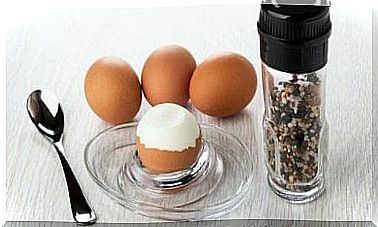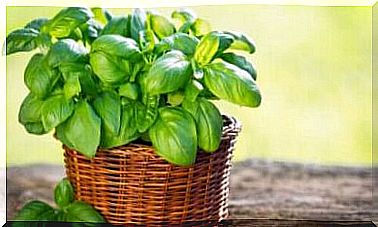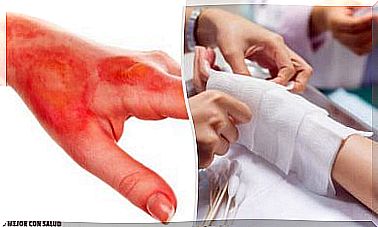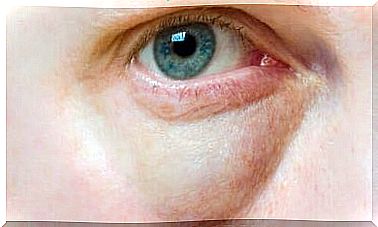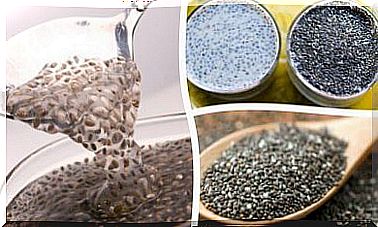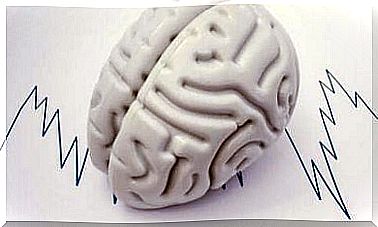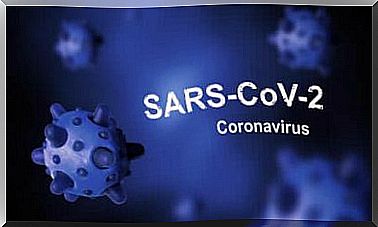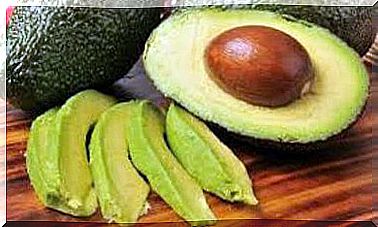Are There Pesticides In Our Food?
Many of the products we consume can be contaminated with different types of pesticides which, in the long run, can put our health at risk.
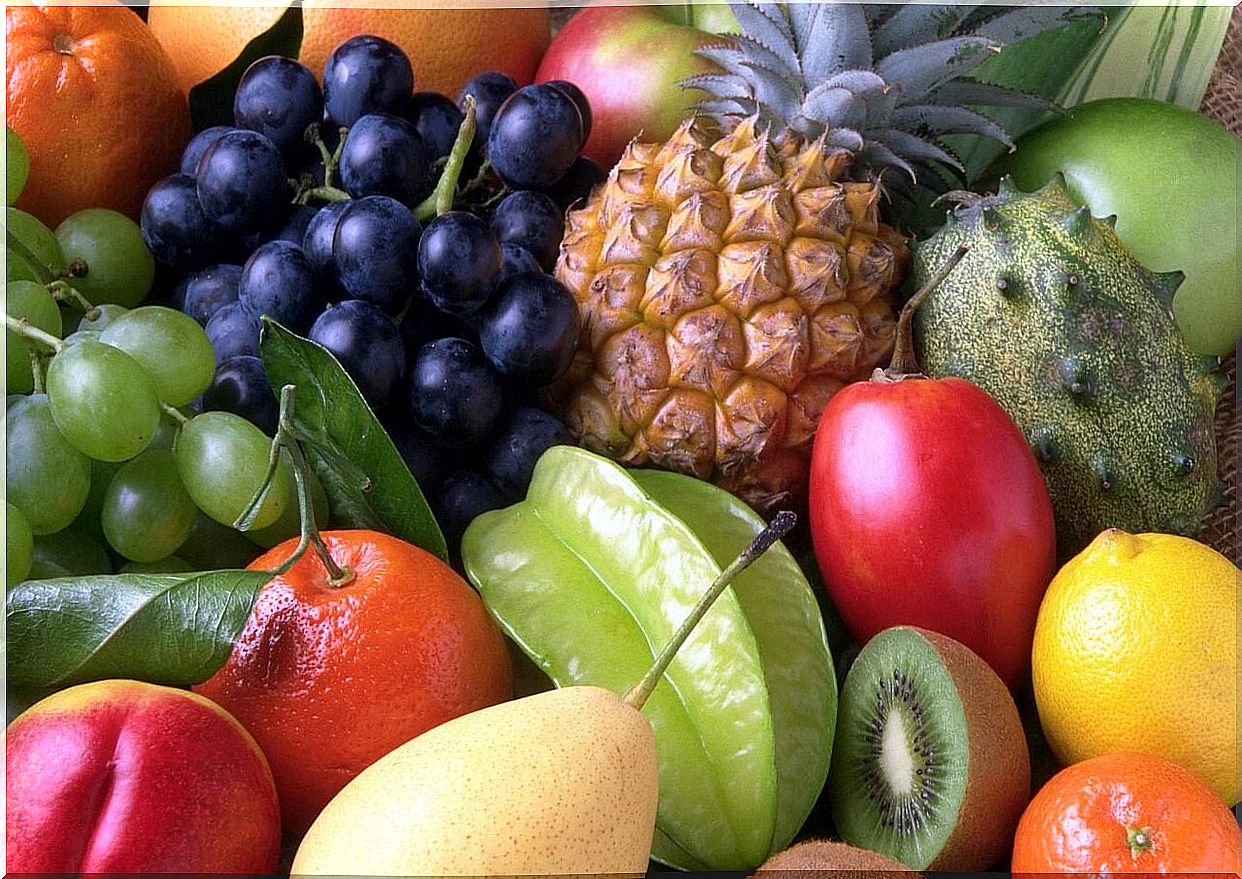
If you have ever wondered if there can be pesticides in food, take note of the information we are giving you below that may help you answer this question.
If we think about it for a moment, beyond fruits and vegetables, there is a lot of food that we eat that comes from the countryside.
For example, in a sandwich, the bread uses wheat derivatives to be made. And the wheat was grown in the fields. This is only one example among many that we could find, but not the only one.
In most countries, agriculture is done industrially. This type of agriculture uses pesticides among its inputs. It involves a number of toxic substances.
Currently, there are no rules setting maximum limits for pesticide residues that may be present in food. This will ensure that consumers can consume products that are not contaminated.
According to the Food and Agriculture Organization of the United Nations (FAO), countries use an average of 4.55 tonnes per thousand hectares of pesticides per year. These pesticides are divided into fungicides, herbicides and insecticides.
Potential health problems due to pesticides in food

Pesticides in food can cause different health problems.
The likelihood of such problems arising from the use of pesticides depends on two factors. On the one hand, we find the toxicity of the pesticide. On the other hand, the amount of exposure.
In order for a pesticide to affect the health of the consumer, the latter must be in direct contact with him. Contamination can be by oral, respiratory, cutaneous or ocular route.
Although a very toxic pesticide is used in an area near your home, the risk remains low. Keep in mind that pesticides can contain more than one ingredient, which makes their level of toxicity different.
To know what the level of toxicity is, you have to look for an indication on the packaging because it is an indicator of the toxicity of the product.
All registered pesticides must be labeled “Risk” or “Precaution” and this word must reflect the level of toxicity of the product.
- On the products where we see, the mention “Precaution”, this indicates the products with the lowest toxicity.
- Those with the word “Warning” designate products with intermediate toxicity.
- Finally, the word “Danger” is found in the most toxic products.
The most vulnerable groups of people
There are groups of people who are more vulnerable to this type of product. These include the elderly, people with certain illnesses, pregnant women and children.
To reduce the likelihood of having a problem using or consuming products with pesticides, you will need to find ways to reduce exposure or choose a less toxic product.
It is important that you always read the product label. And all instructions for using personal protective equipment should be followed. If you are going to garden and if you are going to be exposed to these products, you must wear protective gloves or glasses.
Organic farming, a great hope
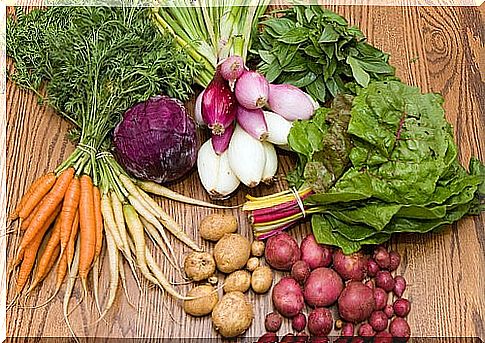
Organic farming is a great hope in this regard. It combines science and the best of modern innovation with respect for nature and biodiversity.
It is a type of agriculture that favors healthy food. It is also a type of crop that protects the soil, water and climate.
This agriculture does not pollute the environment with chemicals. It also does not use genetically modified products.
Conclusions
Finally, if you want to know how many pesticides foods can contain, it is best to look at the labeling of those pesticides. And if we want to completely avoid residues in our body, we should opt for organic products.
This way we will be able to reduce or even eliminate these toxic levels in your body. It’s easier to do than you might think.
